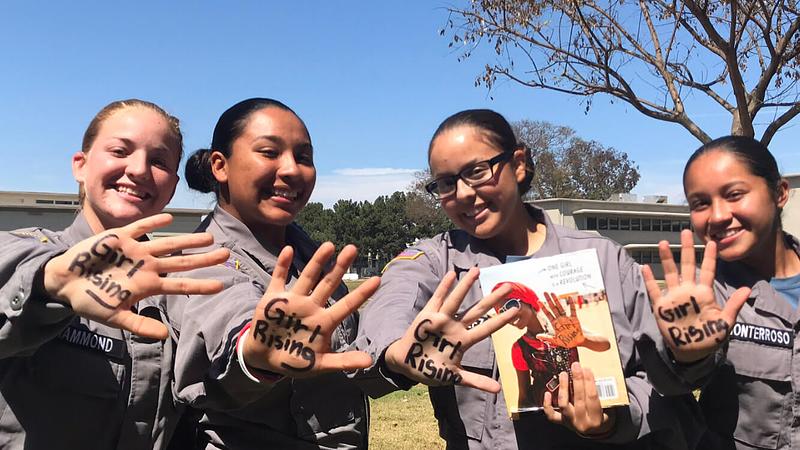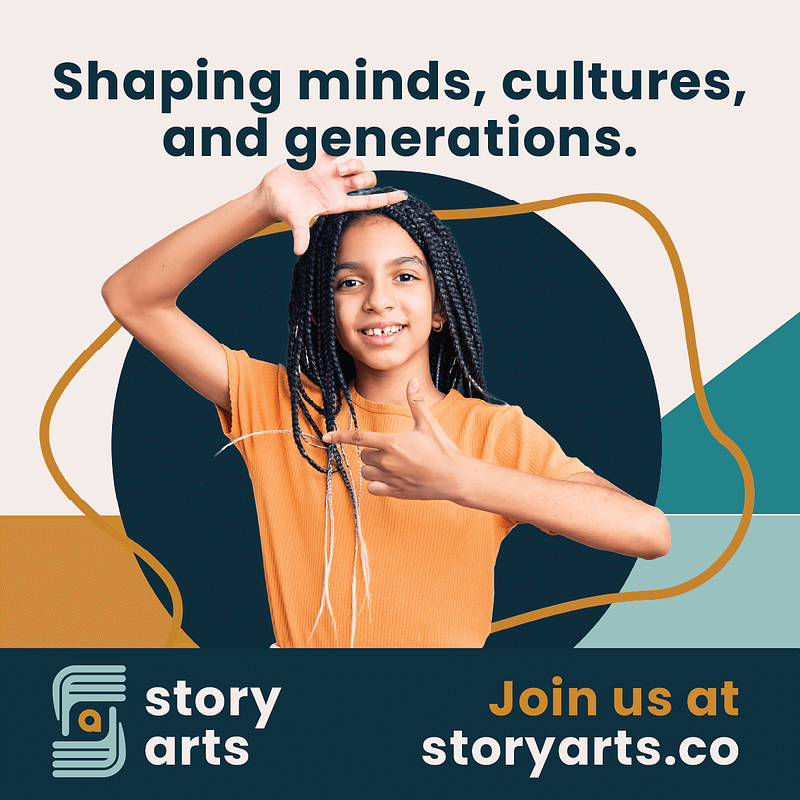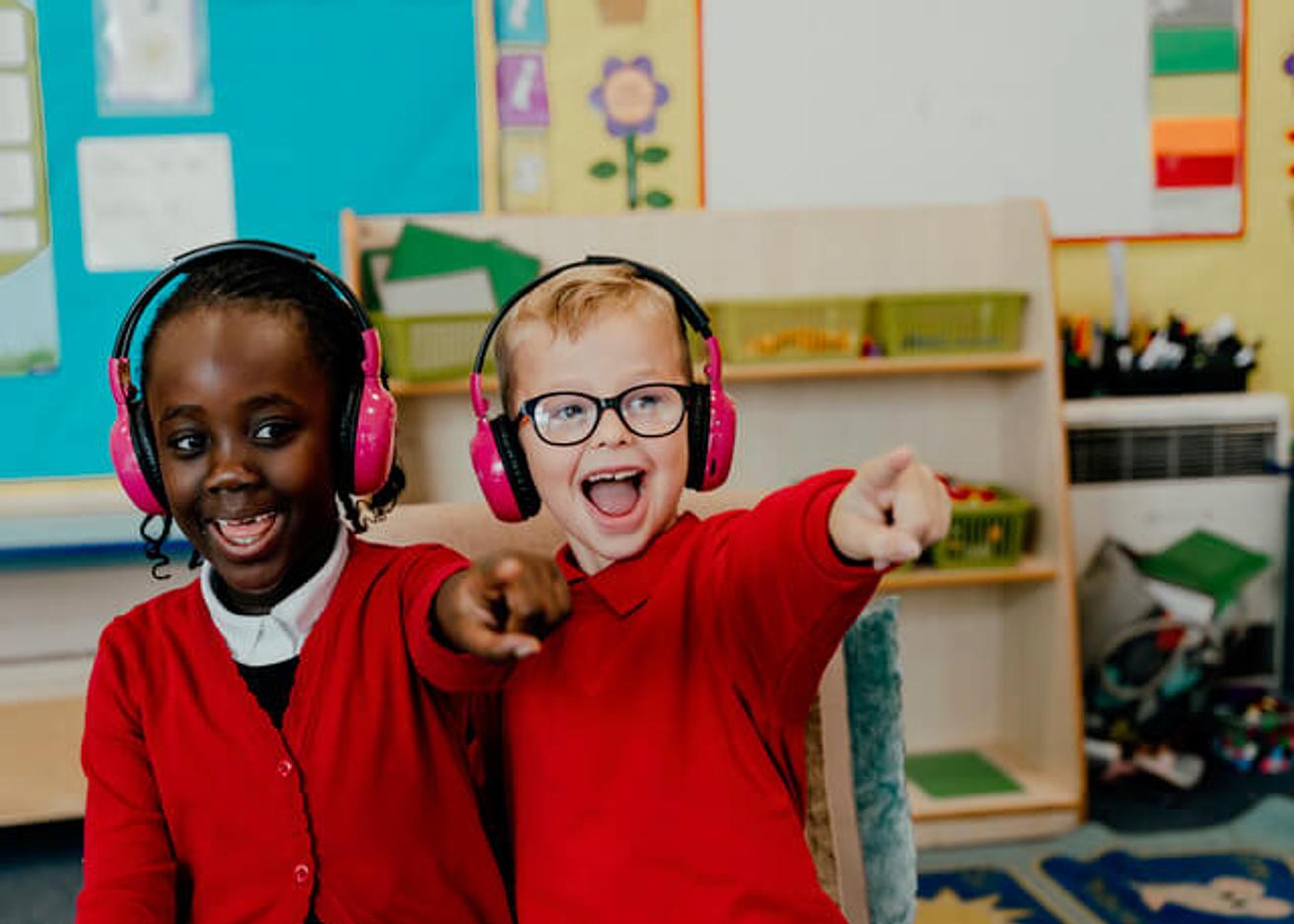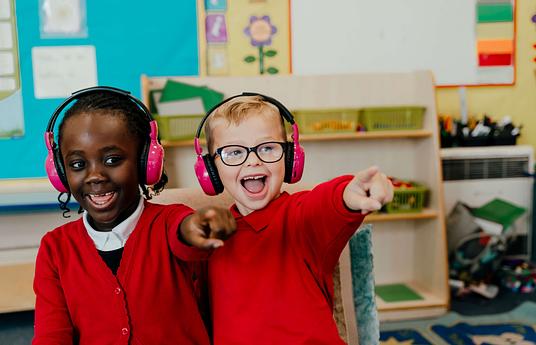Lucia wakes up, the sun in her eyes as she fumbles for a glass of water and pulls on her uniform. It’s exam day, just one more hurdle in her process of school - the books, the lectures, the memorisation drills. It could be chemistry or maths or Shakespeare. The information has been presented and so she is expected to know it. The context is the room, the page, the board. It is important to her because she has been told it is important to her. After the exam, she will remember it, maybe, but without fondness or sense of joy - it will be an artifact of some neurons firing. She hasn’t engaged with this learning because she has no framework to attach it to beyond the facts and figures she has memorized before. In the story of her education, the stories are missing.
Narratives have a privileged place in many cultures. Across continents, cultures, and times; called fables, tales, or epics; stories are among the very oldest pedagogical tools we have access to. It’s clear why: stories build a world safe to play in. Characters can have experiences we can learn from. Communities gather and are strengthened through the telling of stories and these stories, which echo the way we perceive our own lives, fix themselves into our memories.
In fact, we use narratives constantly to aid in recall and learning. From simple mnemonics for tying knots (”The bunny goes through the hole, around the tree, and back into the hole” is one the author learned at age 8) to finding lost objects (Memory palaces date back to the ancient Greeks) all the way up to complex concepts like love, or freedom, or duty which can only truly be expressed through a complex explanation that drives motivations.
Stories are fundamental to what makes us human because they allow us to make sense of our confusing world. - Oscar Wood, now>press>play
Why are stories so effective for learning? Stephen Krashen, a language education researcher, has put forth that learners are sensitive to what he calls the affective filter, a system which is sensitive to stress and which can impede learning when students are in an environment that feels hostile. Stories are able to place the stress on an imaginary other rather than the students themselves. When learning through story, the teacher is able to take course objectives and place them within a narrative frame. Complex concepts are arranged in relation to one another, not in isolation. Students can integrate these frames into their own life through the connections that they see between lived experiences and imaginary ones.
And yet despite a long track record and established benefits in both engagement and learning, storytelling is often viewed as frivolous or extraneous within “serious” educational institutions. How are innovators in the HundrED 2024 Global Collection using storytelling to bring the power of narrative back into education?
Girl Rising uses the power of the hero. This innovation, out of the United States, seeks to share the inspirational stories of girls and young women around the world. These narratives are not sentimental. They grapple directly with the diverse challenges faced by girls as they seek out opportunities and education and provide a platform for the heroes of these stories to effect change directly.

Their recent “11 Days of Stories” campaign shows this in action: “[We] featured stories of heroes, including Nancy in Ghana, who shares her new financial literacy skills with young people in her community, encouraging them to think big about their career aspirations. Another is Tracy in Kenya, who recognized that girls were missing school due to a lack of menstrual supplies. Tracy used her entrepreneurial skills to create and provide free supplies for girls,” shares Virgina Terry, Director of Communications at Girl Rising. Imagine if Lucia heard these stories as she was learning - if she saw herself in the heroes in front of her. As they learn to dare and do, she learns alongside. These vivid stories help spur action, but what about teaching facts and knowledge?
Imagine if Lucia heard these stories as she was learning - if she saw herself in the heroes in front of her.
now>press>play, based in the UK, uses a set of classroom headphones to do just that. Each student has their own experience as the main character of a story that only they can hear. “We've tried without headphones but it just doesn't create the same level of experiential learning,” says co-founder Oscar Wood. By using wireless technology, students are invited to stand up, move, and become part of the action. They may be asked to crawl through a coal mine or uncover a dinosaur egg - their imaginations are primed for another key function of storytelling: making morals and lessons personal.
Oscar explains: “Stories are fundamental to what makes us human because they allow us to make sense of our confusing world. In this way, stories help children make sense of their curriculum and understand why a solid is hard to touch and a liquid isn't (or whatever it might be!). Above all, stories make things meaningful. In a now>press>play story, we always have a mission: to help a loved one, to find a lost thing, and so on. This makes our learning matter.” Picture this: Lucia enters her math class and is brought into a story about a spacewalk gone wrong. She must use her knowledge of geometry to get back to her spaceship. Not only does she practice her skills, not only is she having fun figuring out a puzzle, she sees futures for herself she’d never imagined for herself. She won’t be forgetting the Pythagorean equation anytime soon - and every time she uses it, she’ll remember her time as an astronaut.
Lucia enters her math class and is brought into a story about a spacewalk gone wrong.
The power of the story is what motivates Story Arts, as well. This innovation goes beyond listening to stories and gives the power of storytelling to learners of all ages. With a series of online lessons, Story Arts brings expert storytellers into the classroom to help students share their own stories. These curricula help bring the whole breadth of narrative applications to light. From telling the weather, to branding, to songwriting, to nailing an interview, even conflict resolution, Story Arts angles in stories to make students more effective communicators who can better achieve their goals.

“Story is the fundamental mode in which we communicate and connect on a human level. It is one of the most powerful forces on earth to shape our minds and build culture,” shares Dr. Tyler Thigpen of Story Arts. “These graduates will not only have the power of Story Arts to influence, inspire and build culture, but they will also be able to express themselves and expertly tap into their own imagination and creativity, which will lead to a fulfilling life regardless of professional or academic outcomes.”
Imagine Lucia’s day if she had stories to help her learn. What does she do differently? How does she learn? What is her story - and how does she share it?
HundrED’s 2024 Global Collection is full of narratives of struggle and growth, change and inspiration, heroes and changemakers. Find your next educational adventure inside!


